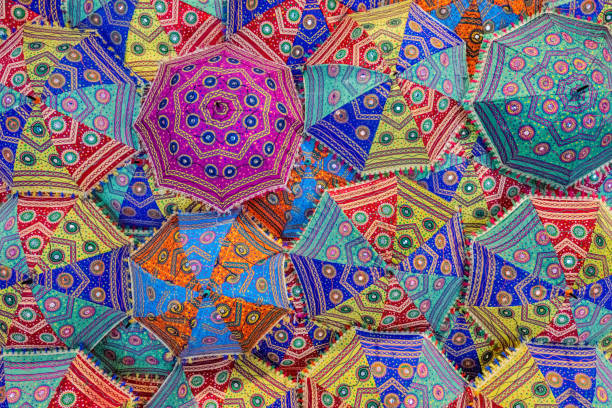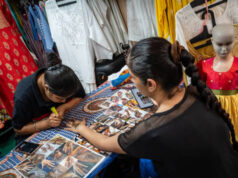Theater Corners Revealed
Even in the back of coffee shops, in basements, and in the shadows of old service paths, the new form of performance is taking shape. Such veiled footsteps are introducing new texture to singapore arts and culture, and it is an experiment of how to attend theatre. In contrast to the prima donna-like accessories of auditoriums, the experimental acts used to have their inputs in tight alleyways, disused warehouses, or dark basements. The audience is not just present and observing–they just find something that they cannot possibly be sure whether it is a mistake or a performance. Some of the thrill is that uncertainty.

Spaces Which Alter Stories
The performance at the different locations would be different altogether. Much as the crushed wall and a pipe of dripping water can yield, the narrow street can provide worlds. A car park is converted to canvas and headlights to spotlights. An empty shop lot becomes a black box whereby sounds reverberate off concrete. In such contexts stories add certain new textures. Without the story you cannot distinguish the background at all.
Immersion that it is Not Distant
In such spaces no longer separates actor and audience the velvet rope. The audience could be seated a meter away from the performer, taking note of the performer in terms of the breath and on the brink of perspiration. This proximity forces action. People were not free to zone out in the back of the classroom–they were part of the process whether they wanted to be or not. Even those performances in which spectators themselves are dragged into the text have been staged.
Motion Experimenting
Traditional theaters are supposedly predictable, as they demand definite scripts, managed theatrics, and staging. Hidden rooms do not subscribe to that type of inflexibility. Actors also give space to improvisation; they react to the honking of cars, barking dogs or people showing up. The performances develop into experiences, which cannot be replicated. This freedom is tantalizing to the artists, as they work at the boundaries a cleaner place may never allow.
Stripped-Down Resources
Budgets of such performances are shoestring ones. Instead of creating certain sets around them, the performers use what is already there, i.e., the graffiti-covered wall, traffic lights and even trash bins. On the one hand, the sound effects can be the vehicles that are close to one. There are such limitations, but it does not make the show weaker but instead specific. What makes storytelling costly is not the props; it is storytelling. What remains with audiences are rough energies and not production polish.
Whitening Communities in Shadows
The reason is that a community can start by establishing an experimental act. Artists will usually gather in these places and share ideas, share materials and coordinate. People retreat and extend invitations to other people, which makes the alleys culture centers. Such unconventional sites are the ones that hold the framework of conversation way beyond the actual performance itself. These street communities also introduce an element of authenticity into the city, which could be termed as too commercial.
Mutual Astonishment of Strangers
The aspect of watching a play in an alley allows one to be closely intertwined with the other persons in a strange way. Voyeurs cluster together, deferentially moving aside when they are ordered to make way for the entertainers, giggling when one of the procession-less cats steps into the frame. The social distinctions disappear in the hurly-burly. The shared experience of temporary generosity may amount to a mass adventure and shock, providing a people with instant yet legitimate relations with one another.
Manchurians That Blaze to Destiny
Converting secret places into theatres is not a piece of cake. Pollution noise disturbs time. The weather spoils performances conducted outside. Police do not always make out assemblies without doubt but sometimes as an episode of the story. Engulfing actor and crowd in the same shelter can also be caused by a sudden shower, the proximity unwelcome. Instead of damaging the event, it is uncertainty in which resiliency and innovation are etched.
Intimacy Over Scale
Back alley theaters have the sitting capacity of several dozen, unlike huge theaters, which accommodate hundreds of sitting capacity. But what instead fills its shoes can only be a kind of intimacy. Viewers often leave with their memory clear about a spectacle of tremendous dimension. The proportions are small, however, and their impact has been magnified by intimacy.
Technology as Booster
Such spaces have been addressed, but their histories have seldom remained in obscurity. Cell phone footage of the presentations is taken by the spectators, and the material surveyed on the internet substantially increases their reach beyond their respective audiences. A five-minute improvisation of a dark stair could take the staircase to the top level within a couple of hours. So, the digital media makes the underground performances visible without depriving them of their raw nature.
Experiments on it in New Men
These hidden stages are avenues that the upcoming artists did not have access to in formal places. They are able to commit errors, fail and do it again on a smaller scale at reduced cost and with fewer inhibitions. The lesson in how to deal with unpredictable crowds, command the use of only the minimal of tools, and make do with improvisation is one of the things that proves priceless when going further into the realm of greater productions. These secreted nooks are transformed into classrooms.
Looking Ahead
Back alley stages are not intended to give way to formal theaters, and they do not necessarily have to. They are used differently. They also remind us that not everything that is artish should be both lavish and highly polished. It can bloom in dark secluded places, inspired by eagerness, improvisation and adventure. These are not performances that cut themselves into the cultural fabric and do that as a competition to large institutions, but are critical supplements to them.
They report that not all the cultures do come with tickets and posters. It may creep on you in a car park, or grumble down a stairwell, or detonate in an alley. This is the wonderful thing about experimental theatre in obscure locations: it is spontaneous, transient, shocking and unforgettable. It perpetuates the existence of arts and culture in Singapore neither as a show nor through surprise.










